News

With both plastic production and waste projected to escalate to unmanageable levels by 2050, scientists at UC Santa Barbara and UC Berkeley have launched a new AI-powered online tool that provides unprecedented insight into how the nations of the world can combine policies to end plastic pollution with the United Nations global plastics treaty, currently under negotiation. In March 2022, more than 175 nations agreed to develop the international, legally-binding treaty to end plastic pollution. Sixty of these nations, from the United Arab Emirates to Palau, have committed to achieving this by 2040.
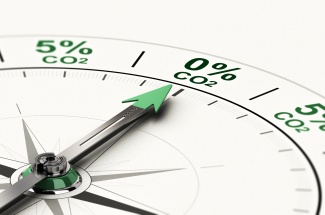
Despite significant growth across the system, the University of California’s carbon emissions now are 30% lower than they were in 2009. Those reductions are the result of concerted efforts at every campus, including energy efficiency programs that have saved UC more than $400 million in energy costs, and the deployment of more than 100 on-campus solar projects.
At UC Santa Barbara, total greenhouse gas emissions in 2022 were 67% below 1990 levels — reductions primarily attributed to investments in energy efficiency and to strategic procurement of electricity generation from low-carbon sources. Today, 93% of UC Santa Barbara’s remaining operational greenhouse gas emissions are a result of combustion of natural gas on campus for heating and cooling.
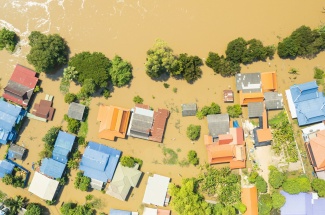
Two new grants from the National Institute of Allergies and Infectious Diseases will support innovative research to advance the understanding of how climate change and extreme weather influence HIV-related health outcomes around the world.
A multidisciplinary team of researchers at the CUNY Graduate School of Public Health and Health Policy (CUNY SPH), UC Santa Barbara, UC San Francisco and the Mount Sinai School of Medicine will examine the effects of extreme weather events, such as heavy rainfall, hurricanes and drought, on short and long-term outcomes of over 2 million people living with HIV who have enrolled in HIV care at clinics in 44 countries around the world.
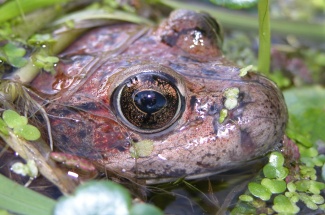
They specialize in different subjects, but biologist Cheryl Briggs and geographer Ian Walker are driven by common goals: restoration and conservation. And now these UC Santa Barbara researchers have each received a major grant from the University of California to pursue their respective projects.
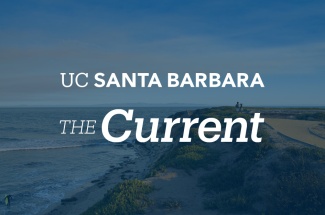
A lack of diversity in marine science limits our ability to develop creative, equitable solutions to pressing coastal problems. But increasing diversity will take more than recruiting and scholarships. Students need mentorship, research experience and opportunities to build confidence.
Enter the Resilient Interdisciplinary Social-Ecological (RISE) fellowship, which is designed to do exactly that. The mentorship program aimed at increasing diversity in marine research in its pilot year paired four undergraduate students with four graduate student mentors on two research projects. Funding came from Sea Grant, a partnership between the federal government and several dozen universities that focuses on marine conservation and education.
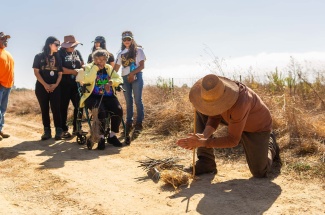
Members of the Chumash community gathered at UC Santa Barbara’s North Campus Open Space for an event that none of them had ever witnessed, a practice that had been lost for generations, that most thought would never happen again. More than two centuries since the last cultural burn in the region, they were returning fire to the land in a manner their ancestors may have recognized.
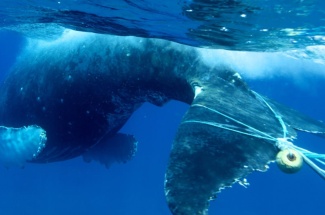
Sometimes simple solutions are better. It all depends on the nature of the problem. For humpback whales, the problem is the rope connecting a crab trap on the seafloor to the buoy on the surface. And for fishermen, it’s fishery closures caused by whale entanglements.
Managing this issue is currently a major item on California’s agenda, and it appears less fishing gear may be the optimal solution. So says a team of researchers led by Christopher Free, at UC Santa Barbara, after modeling the benefits and impacts that several management strategies would have on whales and fishermen. Their results, published in the journal Biological Conservation, find that simply reducing the amount of gear in the water is more effective than dynamic approaches…
Our plastic waste can be used as raw material for detergents, thanks to an improved catalytic method

“If we make these surfactants from fossil fuels now and you could make them from waste plastics, then you are not using fossil fuels to make surfactants anymore, and you’re getting another use out of the carbon that went into the plastics,” said chemical engineering professor Susannah Scott, who holds UCSB’s Mellichamp Chair in Sustainable Catalytic Processing.
For researchers at UC Santa Barbara, one person’s single-use packaging is another person’s useful raw material. In a paper published in the journal Chem, they have reimagined the value of single-use plastics, with improvements to an innovative process that can turn polyolefins, the most common type of polymer in single-use packaging, into valuable alkylaromatics — molecules that underlie…
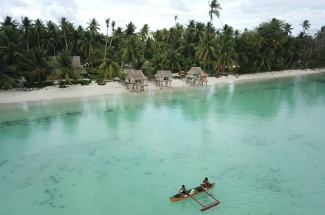
What makes for a successful climate-resilient fishery, one that sustainably produces resources for human benefit despite increasing climate stressors and human impacts? It’s a question that faces present and future fisheries, their practitioners and fishing communities as the world turns to the ocean to feed its growing population.
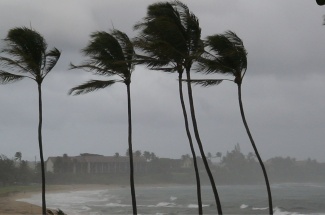
The Pacific Ocean covers 32% of Earth’s surface area, more than all the land combined. Unsurprisingly, its activity affects conditions around the globe.
Periodic variations in the ocean’s water temperature and winds, called the El Niño–Southern Oscillation, are a major meteorologic force. Scientists know that human activity is affecting this system, but are still determining the extent. A new study in Nature has revealed that the atmospheric component — called the “Pacific Walker Circulation” — has changed its behavior over the industrial era in ways that weren’t expected. The international team of authors also found that volcanic eruptions can cause the Walker Circulation to temporarily weaken, inducing El Niño conditions. The results provide important insights into how El Niño and La Niña events may change in the future.